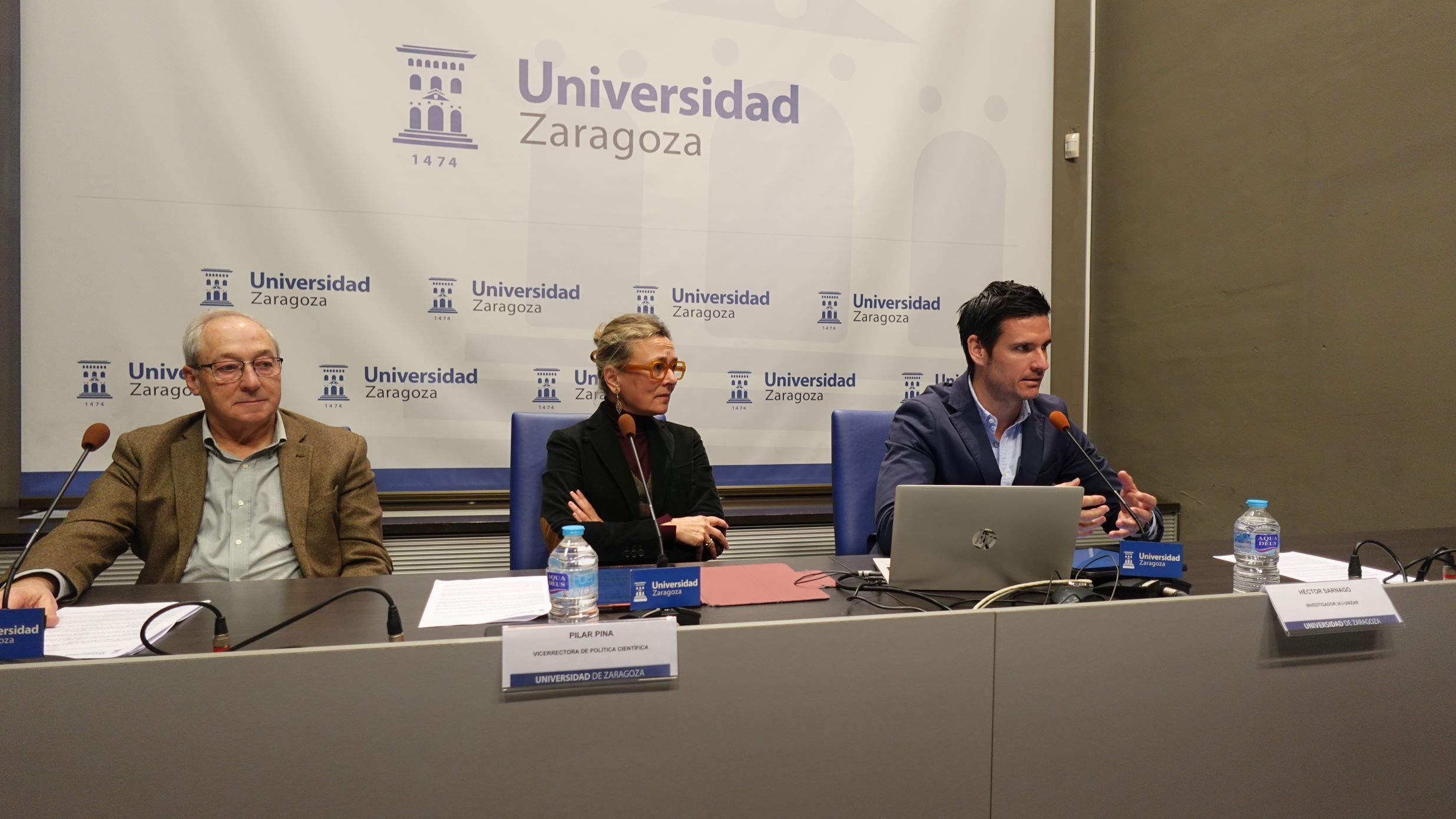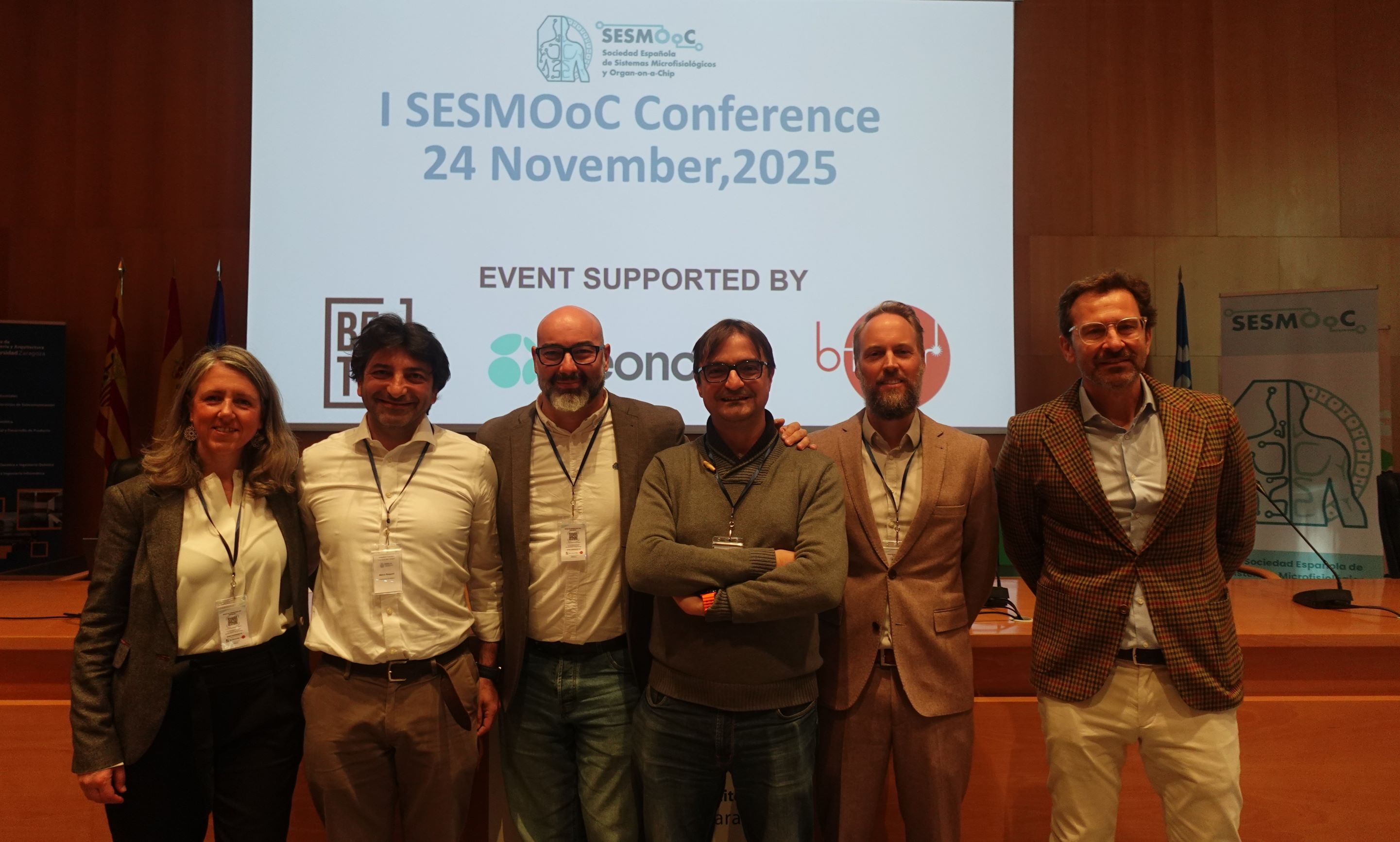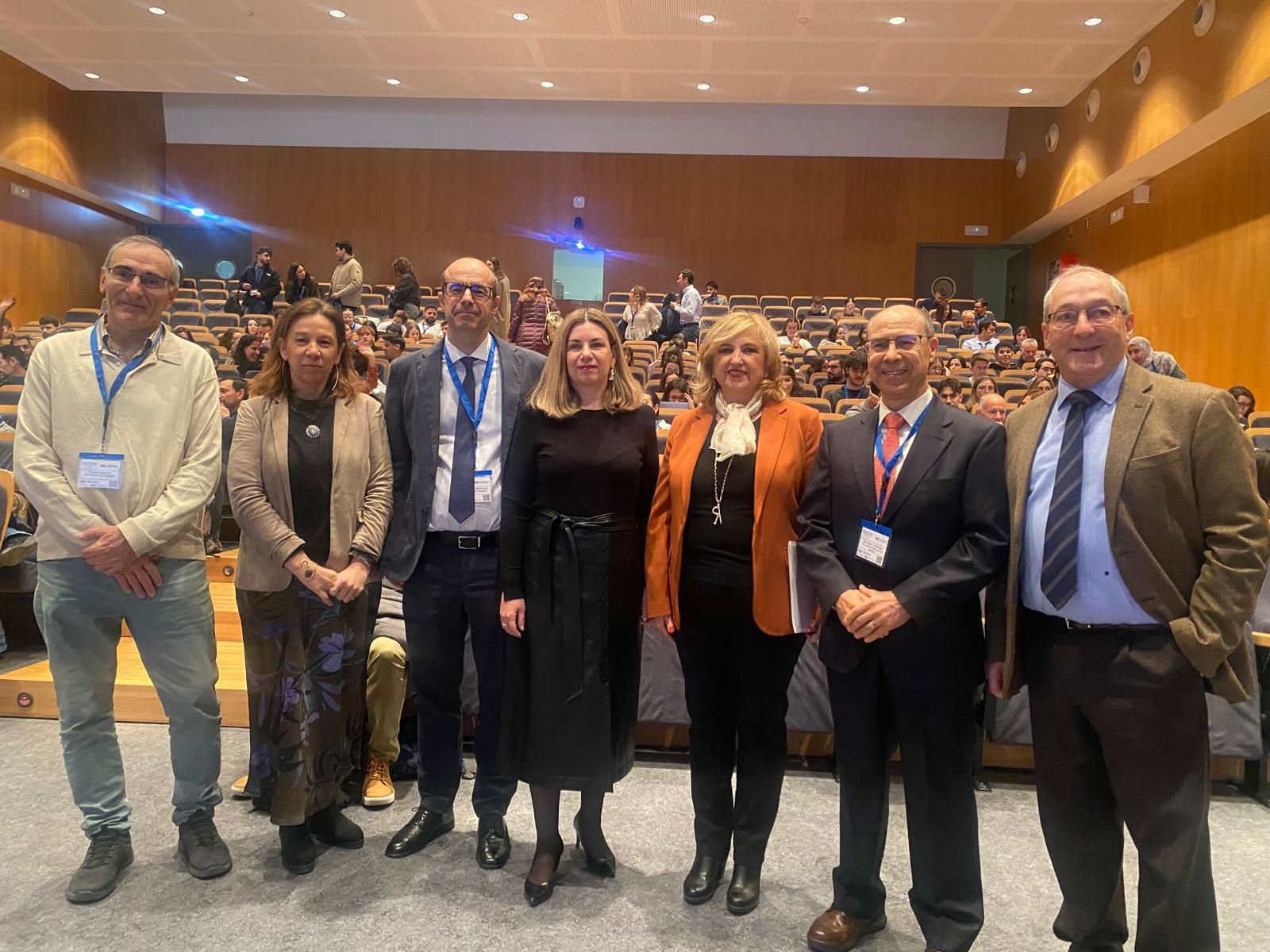
The LIFE ZeroEnergyMod project began with the aim of building living spaces that are easy to install and transport under the Passivhaus standard, which reduces heating and cooling consumption, improves air quality and reduces greenhouse gas emissions. Thanks to the storage of energy through hydrogen and the production of energy through photovoltaic panels and wind turbines, the modules manage to generate 100% of the energy they need with renewable energies.
Today, they have already achieved a prototype that will be installed in Antarctica to test it in an extreme climate. In addition, their work has been awarded in Spain with one of the Energy Glob World Awards, the most recognised environmental award in the world, and has been one of the five finalists at international level.
The project involves a researcher from the Thermal Engineering and Energy Systems Group (GITSE) of the Aragon Institute for Engineering Research (I3A), Beatriz Rodríguez, professor at the Defence University Centre, who together with three other partners is developing ZeroEnergyMod.
The modules they are working on are mainly intended for military bases. At present, the living solutions installed in military camps consume a large amount of fossil fuels. However, the aim is that they can also be used for refugee camps, remote areas, emergency aid, the construction of temporary schools or for all types of organisations that are civilian in peace missions, for development and international cooperation, NGOs or for any public or private company or public administration that needs to develop its activity in remote areas.
The prototype is powered by wind and solar energy, which is stored in batteries in the short term and seasonally by hydrogen to meet energy needs. The project has several challenges: to reduce the energy consumption of the habitable modules of the Bases by 85%, to reduce CO2 and NOX emissions and to eliminate diesel consumption through the production of renewable energies, with seasonal storage in the form of hydrogen. With these objectives, the LIFE ZeroEnergyMod project aims to contribute to the roadmap to a low-carbon economy by 2050.
To test the energy self-sufficiency and adaptation of these modules, the researchers chose two geographic areas with different characteristics: the San Jorge Base in Zaragoza in search of an arid climate and the Gabriel de Castilla Base on Deception Island in Antarctica with an extreme cold climate. Adazi Base Camp in Latvia was also initially included, but had to be discarded because of security conditions due to the war in Ukraine.
The European project is 55% funded by the European Union and 45% by the four partners that make up the consortium: ARPA, B+Haus, the Fundación Hidrogeno Aragón and the Centro Universitario de la Defensa (CUD) in Zaragoza. It officially started in 2020, previously, the I3A Unizar researcher, Beatriz Rodriguez, made research stays in a military base in Antarctica and in Lebanon to collect data and build the self-sufficient bases without polluting. Currently, the prototype is in Zaragoza, but will leave for Antarctica to stay and test the modules in an extreme climate.
Today, research continues. Researchers are monitoring the prototype in Zaragoza and making improvements to increase its performance. Among their work is improving the integration of the hydrogen room within the thermal envelope of the building, which needs special conditions as it is an ATEX room that requires venting.






